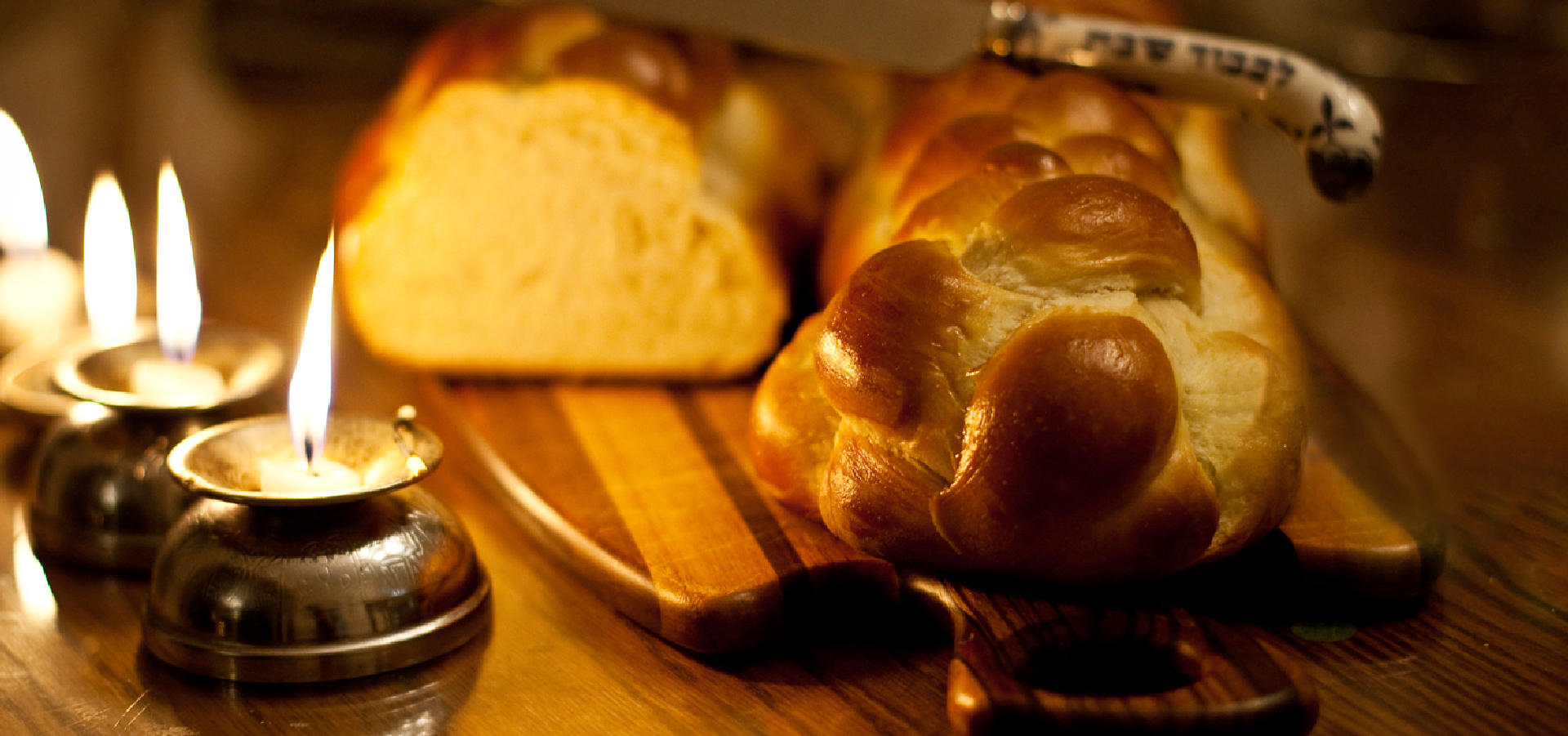In an impossibly quiet neighbourhood in Dublin, menorahs glowed in three consecutive windows. They were electric but the dull orange light was soft against a January dusk. Until then, I didn’t know we had Jewish neighbours. The menorahs (Hanukkah candles) they had so endearingly placed at their windows seemed a way of asserting their identity among Christmas decorations that were still up. Jewish candle-lighting rituals, however, extend beyond Hanukkah. In an orthodox Jewish household, they hold significance in everyday life.
Every Friday evening, two candles are lit at the table as cholent simmers in the kitchen. The law in Israel prohibits “work” starting Friday afternoon until sundown on Saturday; this includes turning lights on and off. And so, lighting candles is a way of welcoming the Sabbath. Sabbath, or Shabbat, begins when Jews leave work on Friday to prepare for their day of rest. It is common for the family to then attend an evening service at their local synagogue. This is followed by a leisurely feast. Right before the feast, the Jewish prayer kiddush is recited over loaves of challah (braided bread) and wine. All food must be kosher.
“Kosher means having to sift the flour (in case there are bugs, which can make it unkosher),” food and travel writer Shulie Madnick tells me over a casual chat on Twitter. Born and raised in Israel, Shulie’s lineage is otherwise Bene Israeli—both her parents are from Mumbai. “The Jewish Indian community is small, yet miraculously vibrant,” she says in a story titled A Heritage Tour of Jewish Mumbai on her website. As I show greater interest in challah and how it’s made, Shulie elaborates: “Kosher rules include buying from fields that are let go for one year every eight without growing crops (said to be good for Mother Earth). Also, a portion of the crop in the years that they grow must be left for the poor.”
We go on to chat about her recipes and the rituals of Shabbat. “It also means you cannot mix milk and meat, or have non kosher food like pork and shellfish around,” she adds. “Lastly it has to have a Rabbinical certification.” Besides the meal being kosher, cholent is an important part of a Shabbat meal. It’s a slow-cooked stew that traditionally goes on the stove well before, since cooking is also prohibited during Shabbat.
Once the unrushed dinner is over, families recite another prayer: the birkat ha-mazon (grace after meals). Before bedtime, the evening may be utilised to bond or study the Torah. Shabbat services begin in synagogues at 9am the next morning (Saturday), and go on until noon. Families either attend or stay in to lazily ease into the morning and enjoy a brunch of leftovers. Cholent is, again, a typical lunch. After the afternoon meal, spirituality and bonding is encouraged. Families chat, study the Torah together, go for walks or play board games.
Considering the sleepy mood of the afternoon, naps are standard. A third meal after is also part of the Shabbat tradition. Eaten later in the afternoon, this is usually lighter than lunch. Shabbat finally ends 40 minutes after sunset. Havdalah—a beautiful ritual involving blessings, spices, wine and candles—is performed to conclude Shabbath. Havdalah candles are also very specific (braided) and different from the candles used during kiddush. The sacred, fragrant blessing marks the division between Shabbat and the next working day.
Despite regular leisure activities like turning on the television and shopping being banned, Jews look forward to Shabbat all week. When performed entirely, it is both an engaging and calming ritual. Much to the disdain of Rabbis, it may not be the choice millenials make for their most ideal weekend. But for anyone who possesses the commitment, irrespective of age or faith, it can be spectacularly rewarding.
This story is the first in our issue F A I T H. Read the second here.




